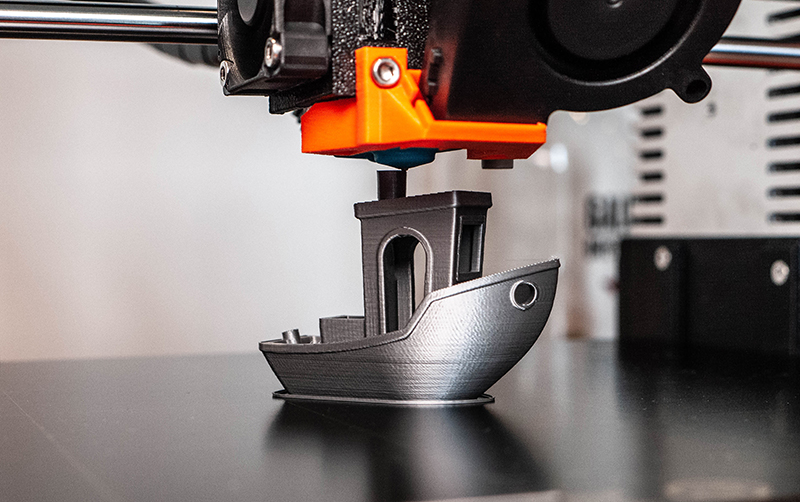Additive manufacturing (AM), more commonly referred to as 3D printing, has advanced in nearly every aspect since its inception. This revolutionary manufacturing process can handle a wide range of materials with high levels of precision. Additive manufacturing can achieve this by introducing material in exact locations during production, rather than removing it from a solid block.
Production with AM also offers the ability to rapidly prototype new products with less material waste and faster turnaround. Lightweight aluminum alloys have found a home in AM lines due to their innate qualities, such as high strength, corrosion resistance, and thermal conductivity.
Integration of aluminum into AM has happened alongside the progression of commercial 3D printing. New standards are a prerequisite for consistent and reliable application-specific research, as well, covering everything from powder quality to post-processing techniques.
The Right Aluminum Alloy for Your Project
The versatility of aluminum in alloys for additive manufacturing ensures there are several purity options. The amount of aluminum compared to other metals dictates the final properties of the alloy.
Each application may require a different alloy, and some applications may need a bespoke recipe. To get started, here are the three most commonly used aluminum alloys for additive manufacturing.
AlSi12Mg: Original Recipe
The automotive and aerospace sectors have utilized this version of aluminum alloys for AM since it became commercially viable. The presence of silicon improves fluidity and heat resistance while maintaining a high strength-to-weight ratio.
The concessions made through the use of silicon include potentially faster wear on machinery, rougher surface finish, and increased brittleness in certain environments.
AlSi10Mg: Modification of AlSi12Mg
Ductility is a key factor in whether or not an alloy can be used in certain applications. AlSi10Mg alters the original rendition by reducing the amount of silicon found in the final product. This provides even more strength to the material while retaining a good portion of its workability and even increasing its weldability. Corrosion resistance is also boosted thanks to a higher overall concentration of aluminum.
With less silicon comes more restrictions on casting capabilities. The alloy may struggle to form into intricate molds, requiring additional post-processing work to achieve the desired mechanical and visual properties. Larger items such as engines and chassis in the automotive and aerospace tend to be the primary application for this blend.
F357: Preferred Aluminum for Additive Manufacturing
Lastly is F357, the optimized aluminum alloy tailored specifically to additive manufacturing. It strikes the perfect balance between strength and flexibility, making it the most versatile option available. Production operations are able to achieve consistent results at every scale when using F357.
Achieving this ideal blend requires proper research and high-quality source materials. While F357 is versatile, it comes at a higher cost due to its specialization. Getting the most out of the alloy also requires a level of knowledge in expertise regarding alloy-based additive manufacturing.
Where to Begin
With an idea in hand, the first step is to consider the requirements of the final product. For mechanical components, ductility and limited wear may take priority over base strength. Knowing the conditions and applications the product will be exposed to can save you valuable time when testing and comparing alloys.
Belmont’s research atomizer can be leveraged when you are unsure which alloy to use or have a new type of application that has not been widely tested. With a fast turnaround and low lead time, these small-batch research alloys are the next step in optimizing the AM process.
Find the Optimal Alloy for You
Aluminum alloys are an industry standard for a reason, with additive manufacturing further cementing the metal’s place in production lines. When the right alloy is used, waste is reduced and the final product can hit all its required marks. Contact us if you would like to know more about the aluminum alloys we have to offer.

